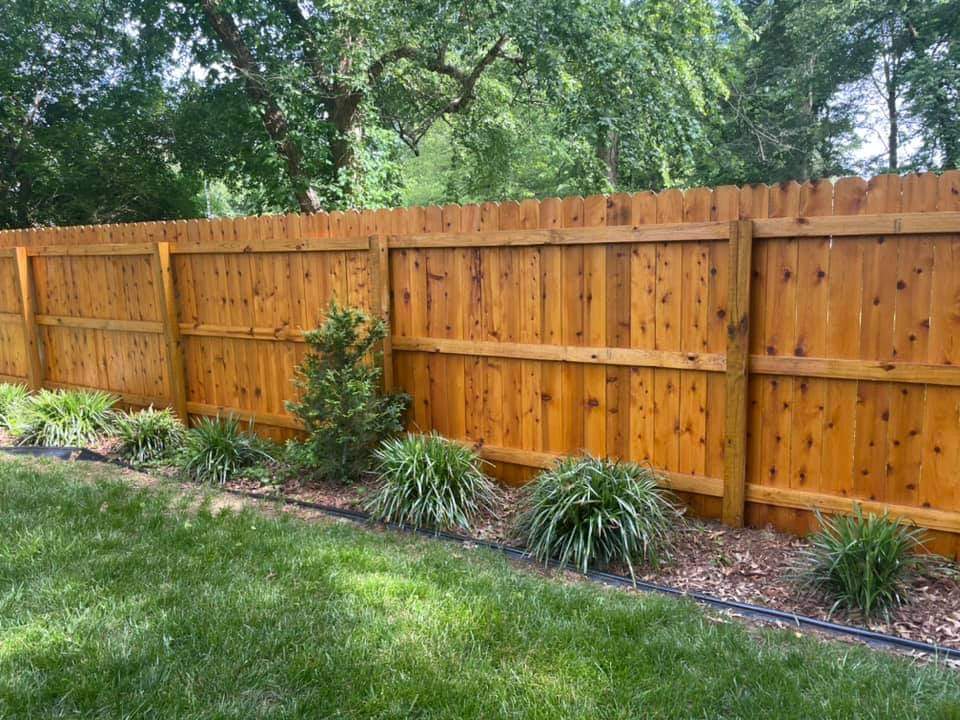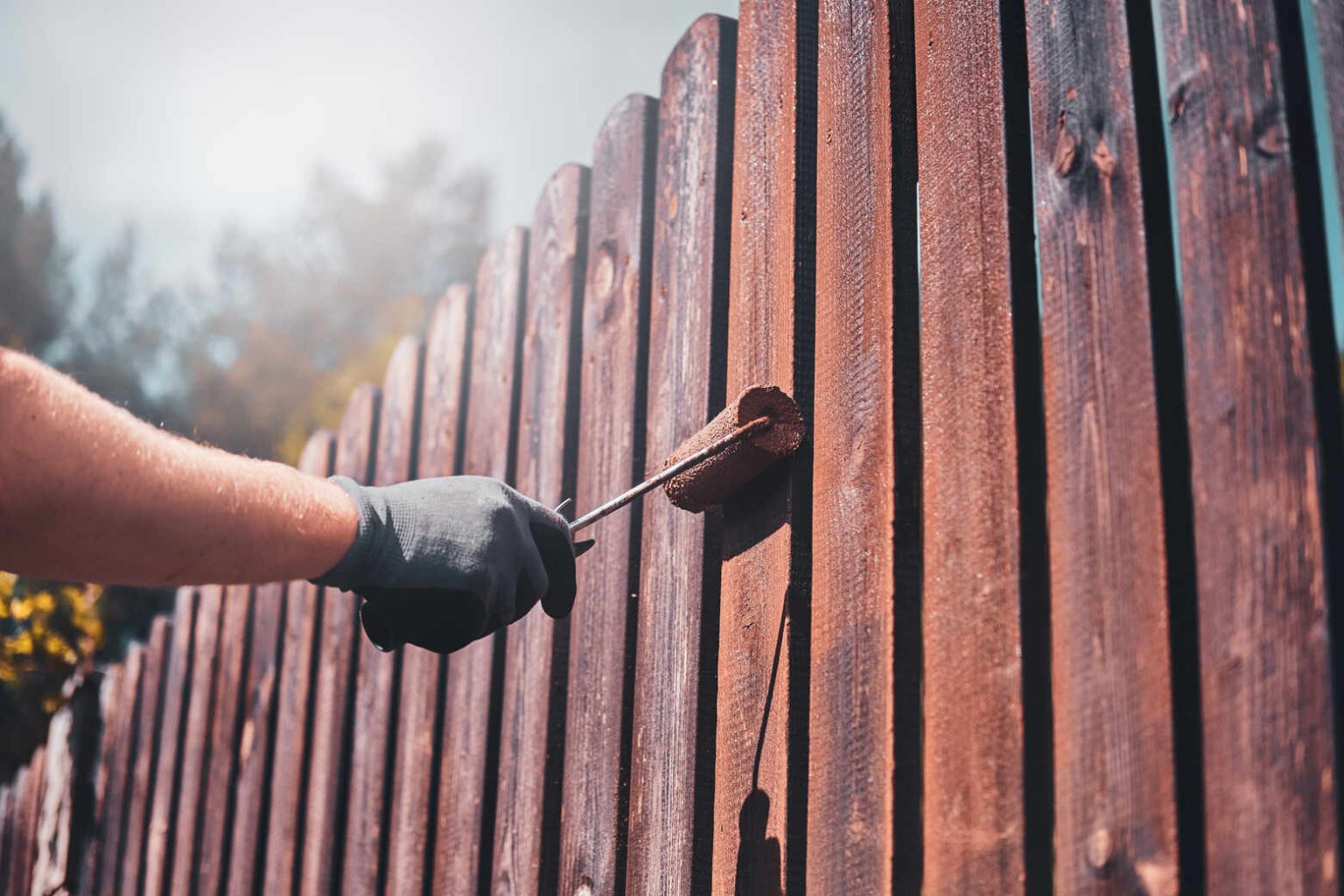Boost Your Deck's Look with Deck Staining Franklin
Wiki Article
How to Achieve Specialist Outcomes With Deck Discoloration
In the realm of outdoor upkeep, attaining professional outcomes with deck discoloration is a job that calls for precision and care. The process of transforming an aging deck right into a revitalized outside room needs more than just a layer of stain; it demands a systematic approach and interest to detail. From picking the appropriate stain for your deck's wood kind to mastering the application strategy, each action plays a crucial duty in the last end result. As we start this journey to boost the looks and longevity of your outdoor shelter, understanding the subtleties of deck discoloration will be the cornerstone of your success.Choosing the Right Spot
Selecting the ideal discolor for your deck is an essential choice that considerably affects the overall look and durability of the surface. When choosing a discolor for your deck, it is necessary to consider both the visual preferences and the useful aspects of the item. The first factor to consider is whether you favor a transparent, semi-transparent, or solid shade discolor. Transparent spots allow the all-natural appeal of the wood to show through however provide much less UV protection. Semi-transparent spots offer a compromise in between color and wood grain exposure while offering modest UV security. Solid color discolorations, on the various other hand, offer one of the most UV defense and use a wide variety of shade choices however will totally conceal the wood grain.
Furthermore, consider the type of timber your deck is constructed from, as different discolorations are formulated to work best with particular wood types. Understanding the level of upkeep you are ready to dedicate to is likewise vital, as some stains may need even more frequent reapplication than others. By thoroughly taking into consideration these factors, you can choose a discolor that not only enhances the look of your deck but also protects it for several years to come.
Preparing the Deck Surface Area
When taking into consideration deck staining, the preliminary action towards achieving expert results involves completely preparing the deck surface area. Appropriately preparing the deck surface area is important as it ensures that the tarnish sticks well and provides resilient security to the wood. The initial task in preparing the deck surface area is cleaning up. Make use of a stress washer or a deck cleaner to eliminate dirt, mildew, and old stains (fence staining franklin). Allow the deck to completely dry entirely prior to continuing to the following action.After cleaning, examine the deck for any type of harmed or rotten boards. Change these boards to guarantee the structural stability of the deck. Fining sand the deck surface area is also important to ravel any type of harsh areas and open the timber pores for much better discolor penetration. Use a medium-grit sandpaper to sand the deck towards the timber grain.
Last but not least, secure any kind of neighboring plants, furniture, or surface areas from potential damage by covering them with plastic bed linen or ground cloth. Putting in the time to completely prepare the deck surface sets the foundation for an effective staining job and ensures professional-looking outcomes.
Applying the Discoloration
To achieve a specialist surface when tarnishing a deck, careful application of the tarnish is necessary. Begin by making sure perfect weather condition conditions - a completely dry day with temperatures between 50-90 ° F is optimum. Prior to start, extensively mix the tarnish to ensure an even consistency. Make use of a roller, sprayer, or brush , depending on the size and complexity of the deck. Start using the discolor in the outermost corner from your leave indicate avoid stepping on fresh stained areas. Operate in convenient areas, commonly 2-3 boards each time, moving along the size of the boards to stop lap marks. Use the tarnish evenly, following the timber's grain to boost the deck's all-natural appeal. Be attentive for drips, merging, or irregular protection, smoothing them out without delay. Permit the initial layer to dry entirely prior to taking into consideration a 2nd coat if needed. Keep in mind to comply with the supplier's guidelines regarding drying times and cleaning. By using the discolor meticulously, you'll achieve a professional-looking coating that boosts both the appearance and durability of your deck.Guaranteeing Appropriate Drying Out Time
Ensuring ample drying time post-staining is crucial to the overall success of the deck task, as it allows the discolor to appropriately establish and bond with the timber surface area. As a basic standard, many deck stains will certainly require at least 24-48 hours to dry totally.
During this drying duration, it is essential to keep the deck surface free from any foot traffic, furniture, or various other objects that might disrupt the coating. Taking the time to make certain comprehensive drying out will certainly add dramatically to the long life and appearance of your stained deck.
Maintaining Your Tarnished Deck
Proper maintenance of a stained deck is necessary for preserving the integrity and appearance of the finish achieved with comprehensive drying out. To maintain your stained deck effectively, normal cleaning is critical.
Conclusion
To conclude, attaining professional results with deck staining involves selecting the ideal tarnish, appropriately preparing the deck surface area, applying the discolor evenly and consistently, enabling enough drying time, and keeping the discolored deck frequently. By following these steps very carefully and diligently, you can ensure a wonderfully stained deck that boosts the look and long life of concrete sealing brentwood your outdoor room.
Correct maintenance of a tarnished deck is necessary for preserving the stability and look of the surface accomplished with complete drying out.
Report this wiki page